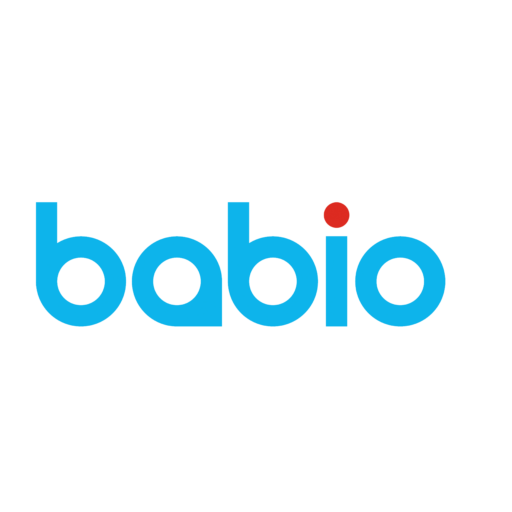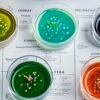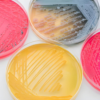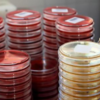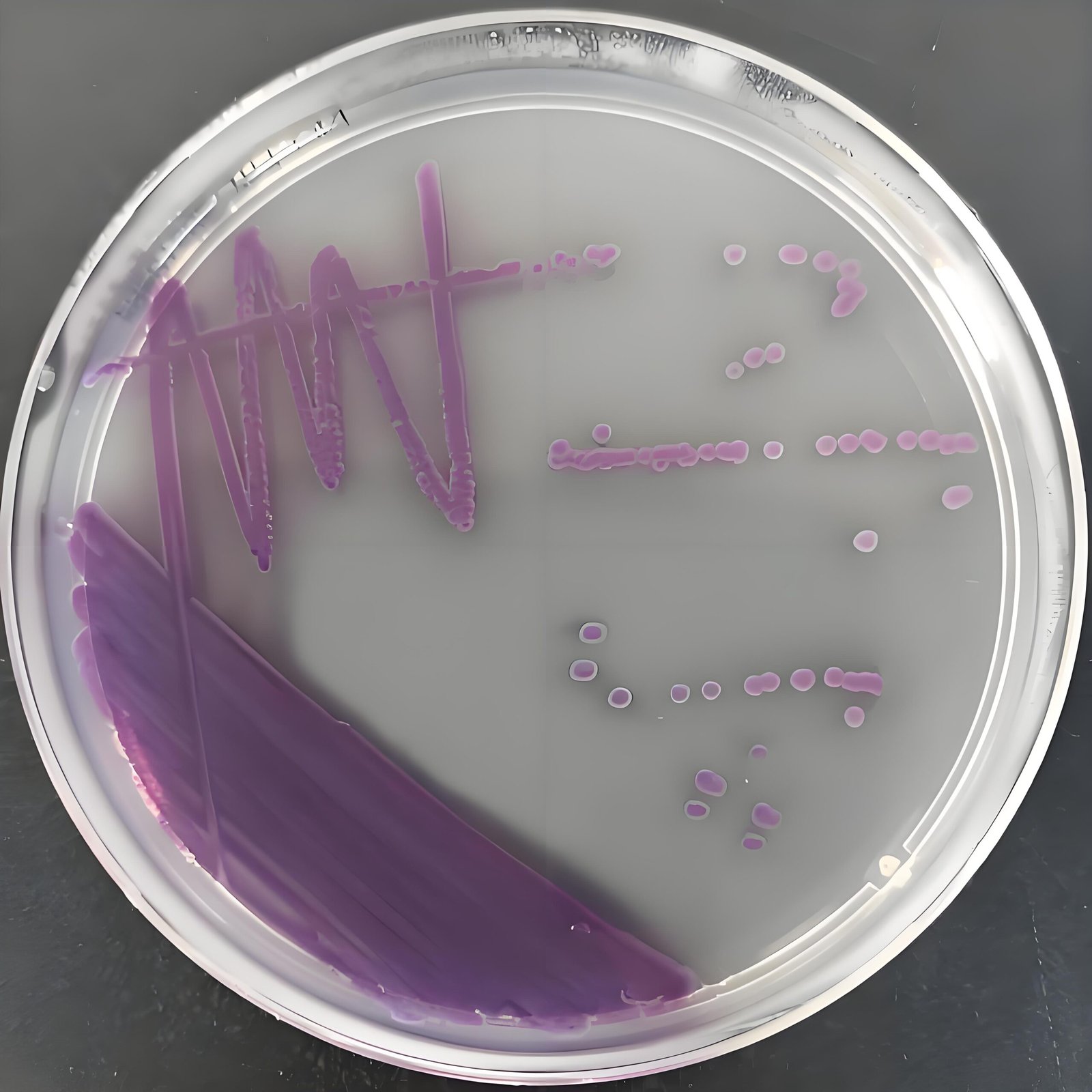
Ensuring the safety and hygiene of food, water, and clinical samples is critical in today’s world. Reliable and rapid pathogen detection methods are essential for maintaining high safety standards. Babio’s chromogenic media have been developed specifically to streamline pathogen identification, allowing for quick and precise detection based on distinct color changes. This article explores how Babio’s chromogenic media work, the science behind them, and the benefits they bring to food safety, water testing, and diagnostics.
Table of Contents
- Introduction to Babio Chromogenic Media
- The Science Behind Chromogenic Media
- How Babio Chromogenic Media Work to Identify Pathogens
- Advantages of Using Babio Chromogenic Media
- Applications of Babio Chromogenic Media in Pathogen Detection
- Limitations of Chromogenic Media
- Conclusion
1. Introduction to Babio Chromogenic Media
Babio’s chromogenic media are advanced culture media designed for easy and accurate detection of specific pathogens. They utilize chromogenic substrates that produce distinct colors when metabolized by enzymes unique to certain pathogens. This approach enables quick, precise visual differentiation of pathogens, making Babio’s chromogenic media ideal for food safety labs, water testing facilities, and clinical diagnostics.
2. The Science Behind Chromogenic Media
Chromogenic media work by including chromogenic substrates—compounds that produce color when enzymatically broken down by specific microorganisms. These substrates are paired with colorless compounds, called chromogens, that react only in the presence of particular enzymes.
Here’s how it works:
- Targeted Enzymes: Pathogens produce specific enzymes that can break down certain chromogenic substrates, causing a color reaction unique to each type of microorganism.
- Selective Ingredients: Babio’s chromogenic media are formulated with selective agents that inhibit non-target organisms, allowing only the desired pathogen to grow and exhibit a color reaction.
For example, an enzyme produced by Escherichia coli breaks down a specific chromogenic substrate to create a blue color, while Salmonella produces a different enzyme that results in a mauve or pink hue on Babio’s selective chromogenic media. This mechanism allows rapid, precise identification based on color, without the need for confirmatory biochemical tests.
3. How Babio Chromogenic Media Work to Identify Pathogens
The process of using Babio’s chromogenic media to identify pathogens involves several key steps:
Step 1: Sample Inoculation
The test sample—whether food, water, or a clinical specimen—is spread onto the surface of Babio’s chromogenic agar plate. Each type of chromogenic media is carefully designed to support the growth of specific pathogens while inhibiting others.
Step 2: Selective Incubation
After inoculation, the plate is incubated, allowing the target microorganisms to grow. Selective agents in Babio’s media prevent the growth of competing organisms, minimizing background noise and ensuring clear differentiation of the target pathogen.
Step 3: Enzyme-Substrate Reaction
As the target microorganism grows, it interacts with the chromogenic substrates in the media:
- Color Reaction: The specific enzymes in the target pathogen metabolize the chromogenic substrate, releasing a colored compound. For instance, E. coli may appear as blue colonies, while Salmonella will show up as mauve or pink.
- Differentiation: Each pathogen displays a unique color response, allowing easy distinction among multiple organisms.
Step 4: Visual Identification
After incubation, the plate is inspected visually. Babio’s chromogenic media provide clear color differentiation, making it possible to identify the pathogen based solely on color without further testing. This is especially beneficial for high-throughput laboratories where rapid results are crucial.
4. Advantages of Using Babio Chromogenic Media
Babio’s chromogenic media offer significant advantages, including:
- Faster Identification: Visual identification is made simple by color reactions, reducing the need for additional biochemical tests and speeding up the detection process.
- High Sensitivity and Specificity: Babio’s media are formulated to target specific pathogens while reducing interference from non-target organisms, resulting in high sensitivity and accuracy.
- Ease of Use: Clear color changes simplify interpretation, making Babio’s chromogenic media accessible even to users with minimal microbiology training.
- Cost Efficiency: By eliminating confirmatory tests, Babio’s chromogenic media streamline the workflow and reduce costs, making them ideal for both small and large-scale testing facilities.
These advantages make Babio’s chromogenic media a preferred choice in environments where speed, accuracy, and cost-effectiveness are essential.
5. Applications of Babio Chromogenic Media in Pathogen Detection
Babio’s chromogenic media have applications in various sectors:
Food Safety Testing
- Detecting Salmonella in Poultry and Meat: Babio’s Salmonella-specific chromogenic media produce distinct colors, enabling easy detection in poultry and meat products.
- Monitoring E. coli in Dairy and Produce: Our chromogenic media can differentiate E. coli from other coliforms, helping monitor contamination in dairy, produce, and other perishables.
Water Quality Testing
- Indicator Organisms in Water Sources: Babio’s chromogenic media are essential in detecting E. coli and coliforms in water sources to ensure compliance with drinking water standards.
Clinical Diagnostics
- Hospital Pathogen Detection: Babio’s chromogenic media allow for rapid identification of pathogens like Staphylococcus aureus and Enterococcus, essential for hospital infection control.
Environmental Testing
- Sanitation Checks in Food Processing: Regular environmental testing with Babio’s chromogenic media can reveal surface contamination in food processing facilities, ensuring hygiene standards are maintained.
6. Limitations of Chromogenic Media
While Babio’s chromogenic media offer many benefits, there are a few limitations:
- Pathogen-Specific Formulations: Chromogenic media are generally designed for specific pathogens and may not detect all strains or less common variants.
- Potential Cross-Reactivity: In rare cases, non-target organisms may produce similar enzymes, resulting in misleading colors. However, Babio’s media are carefully formulated to minimize this risk.
- Cost for Specialized Media: Chromogenic media can sometimes be more costly than traditional media, but the savings on time and confirmatory tests often offset this initial investment.
Despite these limitations, Babio’s chromogenic media remain a highly effective choice for reliable pathogen detection.
7. Conclusion
Babio’s chromogenic media have revolutionized the detection of pathogens in food safety, water testing, and clinical diagnostics. By using enzyme-substrate reactions that produce specific color changes, Babio’s media allow for rapid and accurate identification of pathogens like Salmonella, E. coli, Listeria, and Staphylococcus aureus. The high sensitivity, ease of use, and cost-effectiveness of Babio’s chromogenic media make them an essential tool for maintaining hygiene standards across industries. visit our [Chromogenic Medium Series] for more related products.
Recent Posts
- Breaking Down the Role of Culture Media in Pharmaceutical Research
- A Guide to Using Culture Media for Strict European Cosmetic Safety Compliance
- The Role of Culture Media in Ensuring Accurate Cosmetic Microbial Testing
- Transport Media and Their Role in Microbial Sample Transport
- How Culture Media Impact the Precision of Cosmetic Microbial Testing
